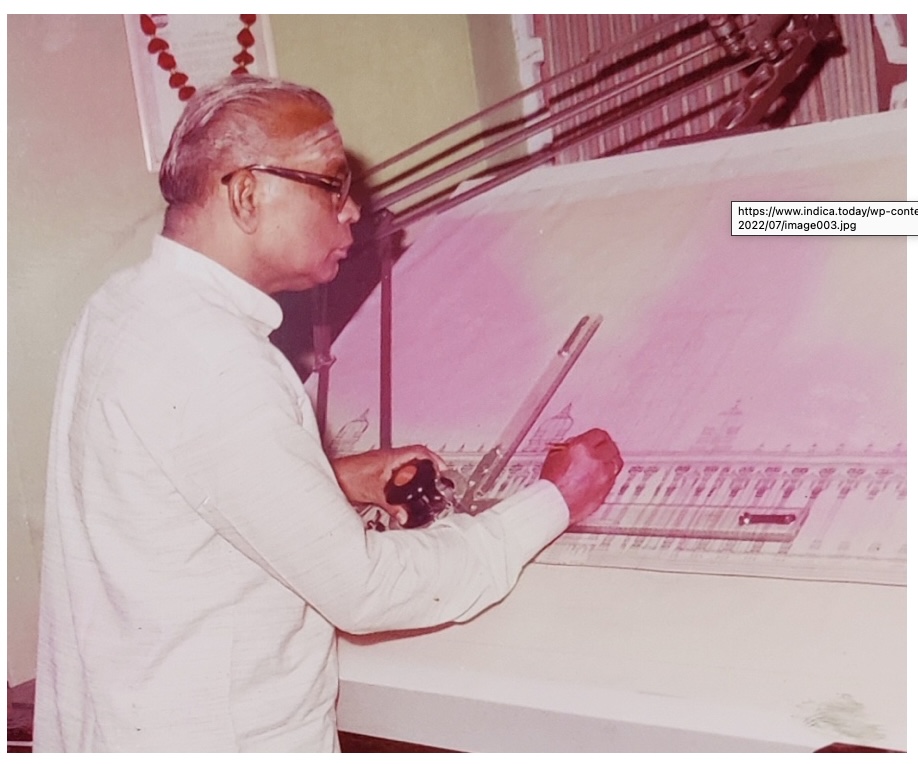INDIA, July 8, 2022 (Indica Today by Ponni Selvanathan): Temple Architecture and sculpture crafting is one of the most ancient traditions of the world. This is still considered to be a living tradition which is being preserved by the silpis – artisans who belong to the distinguished Vishwakarma guild of India. Shilpis were patronized by the great emperors who ruled the country at various periods. One among the famous emperors of Tamilnadu, the great Rajaraja Chola spread this artistic heritage outside India by building massive towers, structures and moats, etc. Indonesia, Cambodia, Java and Sri Lanka are the best examples of migration of Tamil architecture. All the surviving architectural wonders that we witness today were made possible by the indigenous silpis who had strived to spread the science and technology of Tamil architecture. Presently, more than 300 temples are being built with the intention of propagating the age-old culture and artistic heritage of the Indian community living outside India. Hence, as in the past, migration of architecture has been taking place only through the silpi tradition.
San Marga Iraivan Temple situated at Kauai Island in Hawaii sheds light on the challenges faced by the contemporary silpis. His Holiness Sivaya Subramuniya Swami, the Guru Maha Sannidhanam of Kauai Aadheenam affectionately addressed as Gurudeva, had a blissful vision of Lord Siva as brilliant effulgence of light and slowly disappearing at the present location of the temple at the Aadheenam. This divine vision was the strong inspiration that led Gurudeva to build the San Marga Iraivan Temple. It is the first of its kind built entirely in white granite stone in the United States of America by the silpis from India. In the 1980s Gurudeva approached Dr. V. Ganapathi Sthapati who was the then principal of the Government College of Architecture and Sculpture at Mamallapuram. Many rounds of discussions held apropos the design concept taking into consideration the geographical, climatic condition and other diversities to construct Iraivan’s abode. Finally, the temple was planned and designed in accordance with the Chola architectural style with intricate and rare kind of traditional embellishments.
This is a long article with rare and fascinating details of Iraivan and other temple construction.
https://www.indica.today/research/conference/migration-of-tamil-architecture-hindu-traditions/
A daily summary of world news for Hindus and non-Hindus alike

